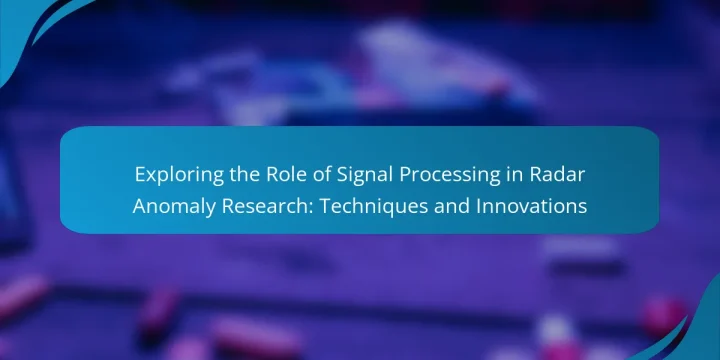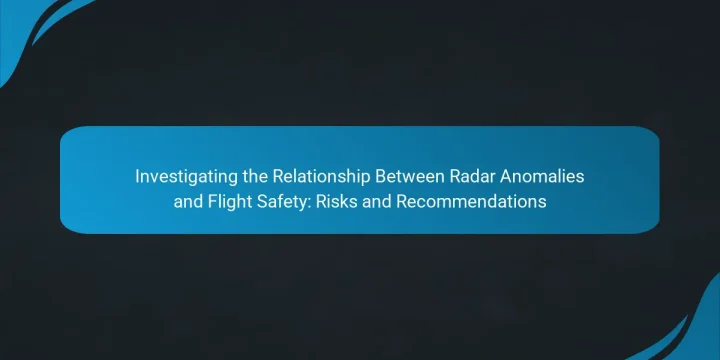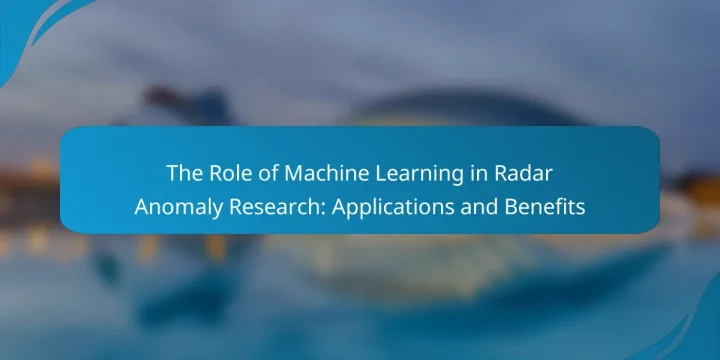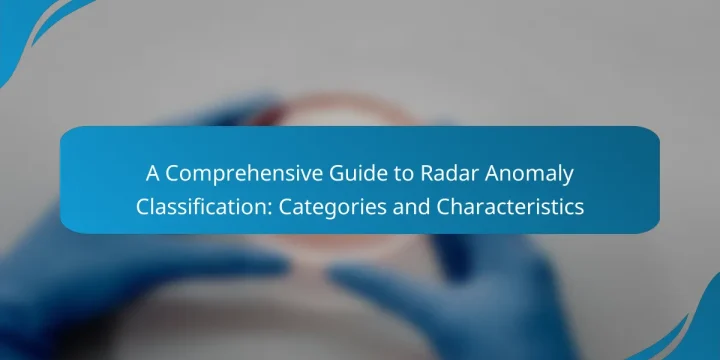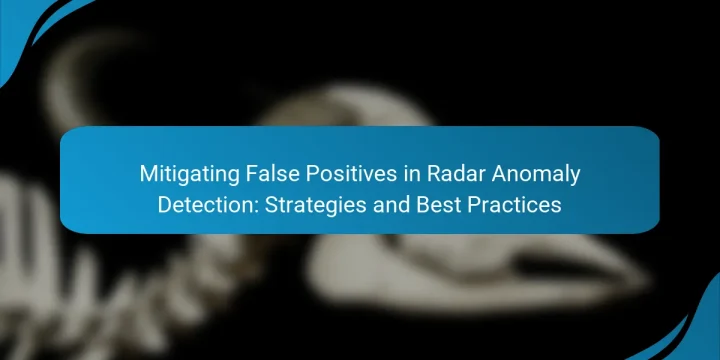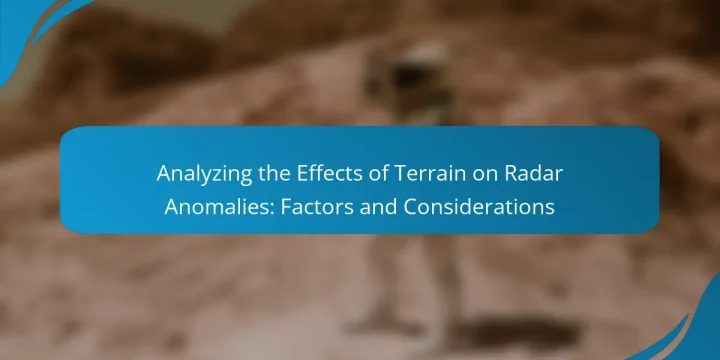
Radar anomalies refer to unexpected variations in radar signals caused by factors such as environmental conditions and physical obstructions. Terrain plays a crucial role in influencing these anomalies, with categories including urban areas, forests, mountains, and bodies of water, each affecting radar performance differently. For example, urban landscapes can create radar clutter, while forests absorb signals, and mountains may obstruct radar waves. The article explores how radar technology can be optimized for various terrains through adjustments in frequency, beamwidth, and processing algorithms, alongside the importance of terrain mapping and adaptive techniques to enhance detection accuracy and reliability across diverse environments. What are Radar Anomalies and How are They Affected by Terrain? Radar anomalies are unexpected variations in radar signals that can occur due to various factors. These anomalies can be…

